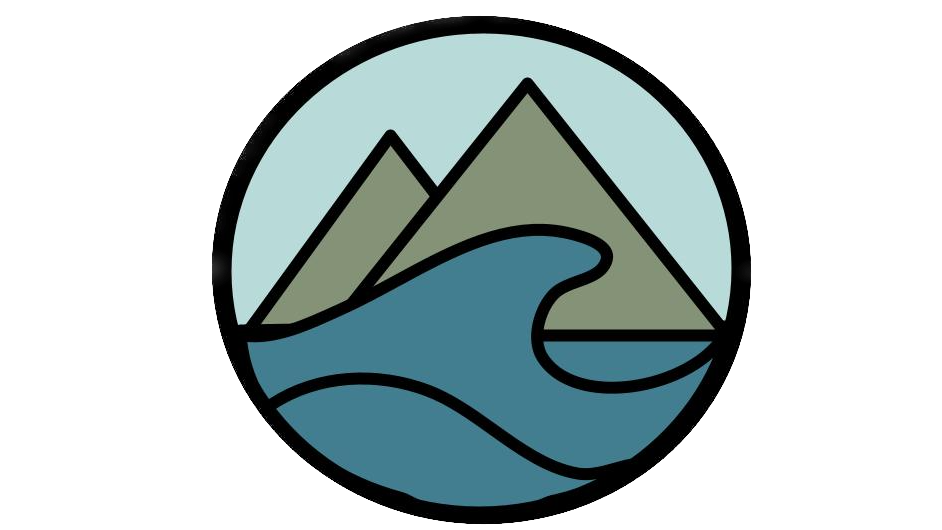If you crave an adventure in a one-of-a-kind ecosystem, it’s time to immerse yourself in the wonders of the Everglades.
As someone who used to geek out on wetland biogeochemistry and happens to be an avid seashell enthusiast, this place is an absolute treasure. What makes Florida even more special is that it served as the backdrop for a memorable high school biology class trip and the destination of my first-ever airplane flight. These memories reflect curiosity, and more recently, an incredible adventure with my sister, Brenna, and my best friend, Alana, added a new layer of resilience and peace to my life.
In this blog, I’ll guide you through Florida’s wild paradise, crafting an extraordinary experience for wildlife aficionados, thrill-seekers, and those seeking solace in untouched landscapes. Discover tips on where to visit and what to eat, along with the most unforgettable activities, seamlessly weaving this Everglades adventure into the cherished chapters of your travel story.
Destination Insights
Everglades
Imagine a vast, slow-moving river stretching 60 miles wide and 100 miles long. This natural wonder spans 1.5 million acres and boasts diverse habitats, from sawgrass marshes, cypress swamps, mangrove forests, and estuarine areas.
The Everglades serve as a wildlife sanctuary. There are alligators and crocodiles just chilling in the sun, vibrant wading birds gracefully strutting through the marshes, and the sounds of local wildlife echoing through the air. This ecosystem hosts over 16 endangered or threatened species, including the Florida panther, West Indian manatee, and American crocodile. A fun fact – the Everglades is the only place where alligators and crocodiles coexist, each with their favorite hangouts – gators in freshwater and crocs in coastal areas.
Weather
The subtropical climate in South Florida brings temperatures ranging from mild to hot all year round. There are two main seasons: the dry season (November to April) and the wet season (May to October).
Planning a visit? The dry season is your go-to, revealing unique terrain patterns and controlled burns that keep the ecosystem in tip-top shape. During this trip, we visited Florida in the middle of dry season (Jan). We enjoyed absolutely beautiful weather while cruising through mangroves on a boat, biking scenic trails, or simply birdwatching.
Feeling adventurous? Embrace the wet season, with occasional hurricanes making things interesting. More rain means the marshes come alive – everything turns super green, and you’ll catch more wildlife, especially birds. Reflecting on a previous trip with my high school biology class, I visited Florida in the middle of the wet season (June). Thunder and lightening storms added a captivating, cool vibe. And the humidity during this season just wraps you up in this cozy, immersive atmosphere. It’s like Mother Nature giving you a warm, sticky hug!
Regardless of when you visit the Everglades, you will create memories as timeless as the vast and vibrant ecosystem itself.
Travel Guide
Day 1
| Time | Activity |
|---|---|
| Morning | • Shelling Boat Tour: We booked the 10,000 Islands Excursion Small-Group 3.5 hour Dolphin & Shelling Boat Tour. We had 1 hour to collect shells on island and tips of where to collect even more shells afterwards! |
| Afternoon | • Shelling at South Ocean Beach in St. Augustine, FL • Lunch at Sunset Grille in St. Augustine, FL: Enjoyed snacks with an oceanfront view. •Insider Tip: Park at Apollo condominiums, explore south Ocean beach, then enjoy a snack at Sunset Grille to get parking compensated. |
| Evening | • Sunset at Lowdermilk Park in Naples, FL |
Day 2
| Time | Activity |
|---|---|
| Morning | • Roadtrip: Drive from Naples, FL to Shark Valley Visitor Entrance in Everglades National Park (Approx. 2 hours) • Insider tip: Get there before 10am and bring your own bike to avoid waiting in line for 45 mins. |
| Afternoon | • Bike Shark Valley: We rented bikes and rode the 15-mile loop (Approx. 4 hours). Highly recommend because you can appreciate nature up close – we saw 32 gators! |
Next Time Must Do’s
Would love to visit the Botanical Garden in Naples, FL and explore Sanibel Island, a world famous shelling beach.
Wilderness Wisdom
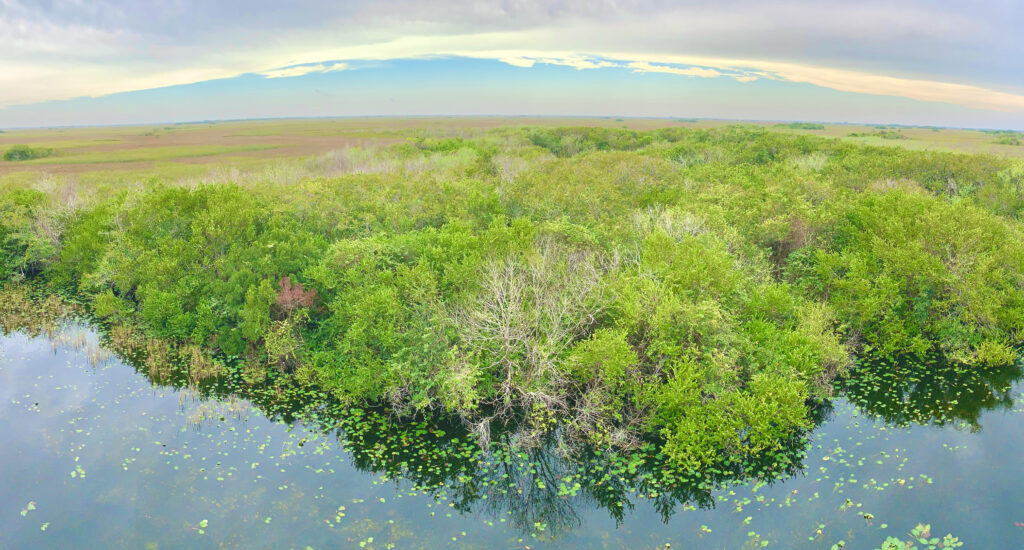
Wetlands are diverse ecosystems and come in four main types: marshes, swamps, fens, and bogs. Each type exhibits unique characteristics influenced by water sources, flow patterns, soil composition, and the plant life.
Marshes: Waterfront Wonderland
Marshes are under water most of the time. Water levels thrive on nearby ponds, lakes, and coasts and can be freshwater, saltwater, or brackish. Vegetation is dominated by grasses, such as herbaceous, non-woody plants (cattails, bulrushes, and reeds). In open water areas, floating and submerged plants like water lilies and pondweeds create a unique and vibrant landscape. A fun fact – the Everglades is the largest marsh ecosystem in the United States.
Swamps: A Soaked Forest
Swamps are under water either all or most of the time. Water levels are included by precipitation, floods from lakes and streams, and groundwater discharge. These waterlogged landscapes may dry out during the summer, but their soil remains continuously wet. Swamps vegetation includes woody trees (both coniferous and deciduous) and tall shrubs like willows, dogwood, and alder. Imagine a forest where water is not just a passing visitor but an integral part of the ecosystem.
Fens: Biodiversity Hotspot
Fens, often found on sloped or flatland, receive water from both rainfall and underground sources. The nutrient-rich soil containing peat and less acidic water is an ideal combination to support biodiversity. Vegetation includes sedges, mosses, grasses, reeds, low shrubs, tamarack, white cedar, sundews, pitcher plants, and orchids. Fens stand out as species-rich environments within the wetland spectrum.
Bogs: Nutrient-Poor Landscape
Bogs are poorly-drained, low-lying areas that solely rely on rainfall for water. These areas lack outlets or inputs, making them inherently nutrient- and mineral-poor. The soil is composed of peat and tends to be inhospitable to many plants, resulting in oligotrophic conditions where life struggles to find sustenance. Bogs showcase the delicate balance between water and nutrient availability.
Trailside Ties
So on this trip, I received an awesome gift – “Women and Water: Stories of Adventure, Self-Discovery, and Connection in and on the Water.” This book weaves together narratives of women uplifting each other through aquatic exploits, creating a tapestry of empowerment and shared experiences. The timing of this thoughtful gift couldn’t have been better, sparking that fire in me to lift others up, deepen connections, and dive into adventures that’ll stay with us forever.
Photo Journal

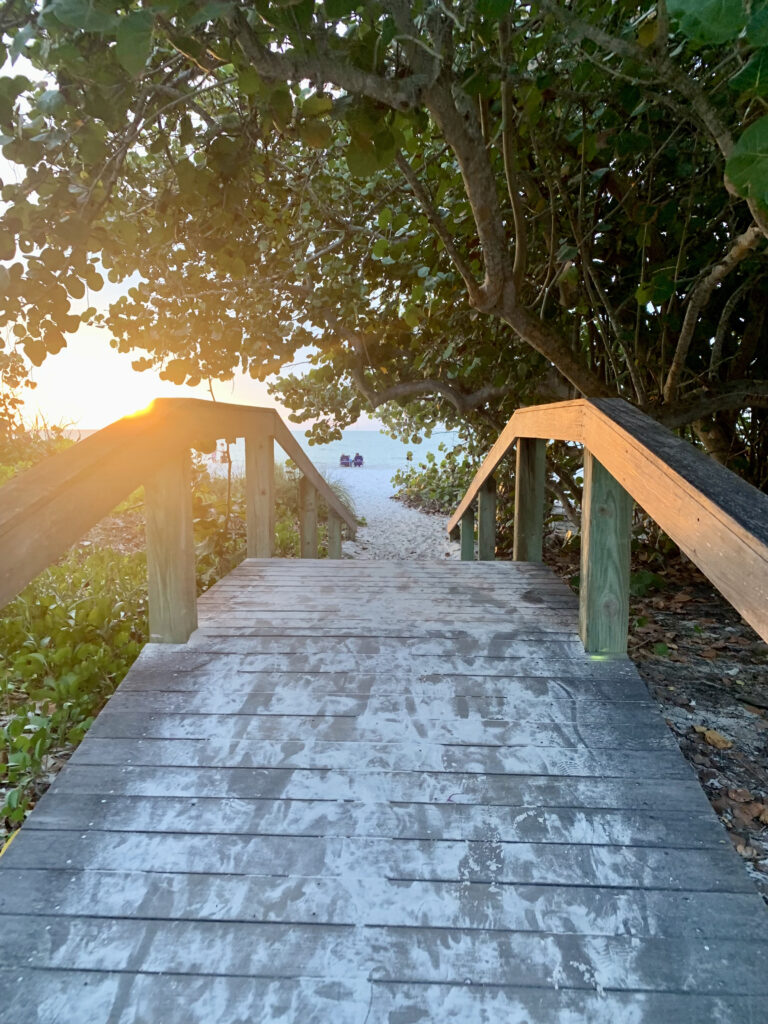



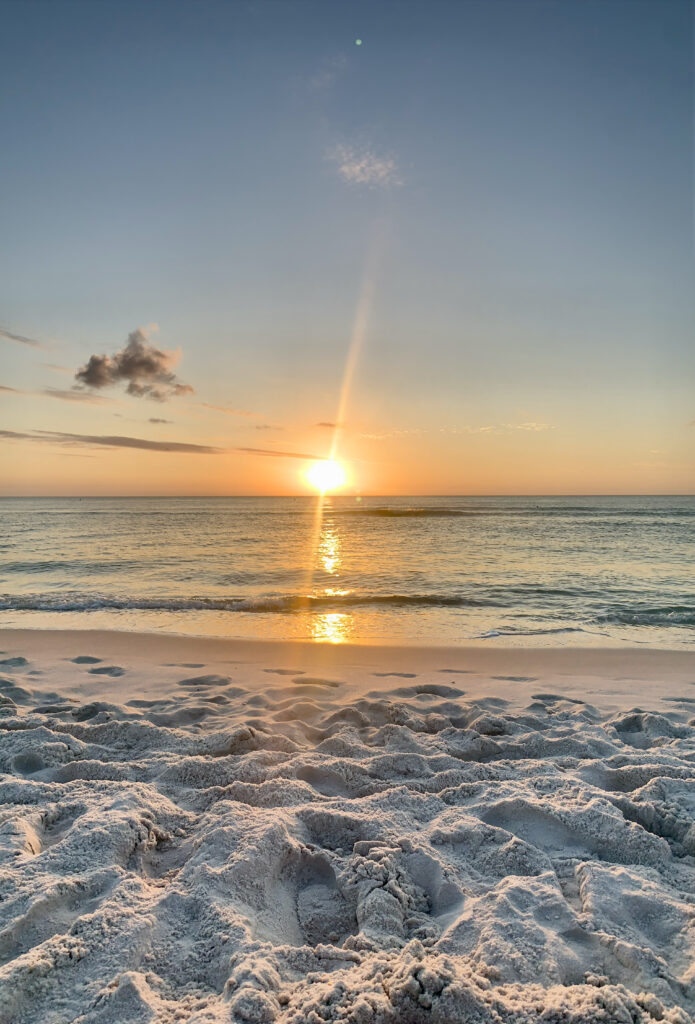
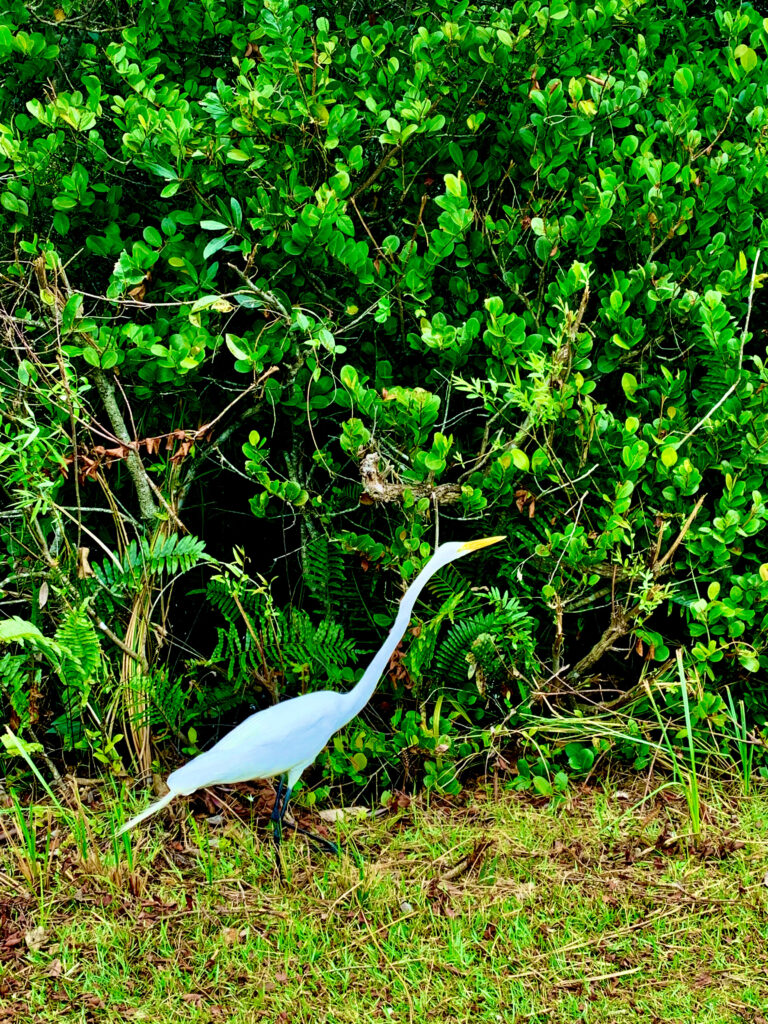



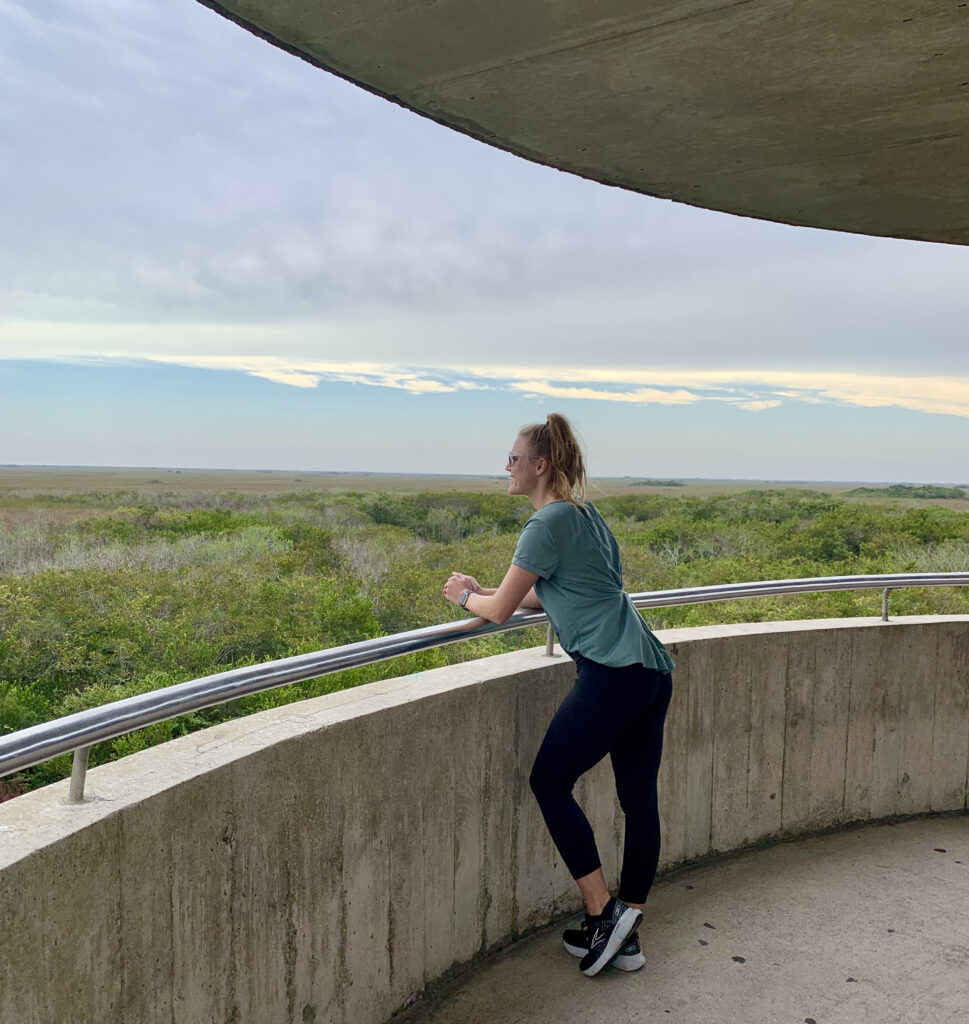


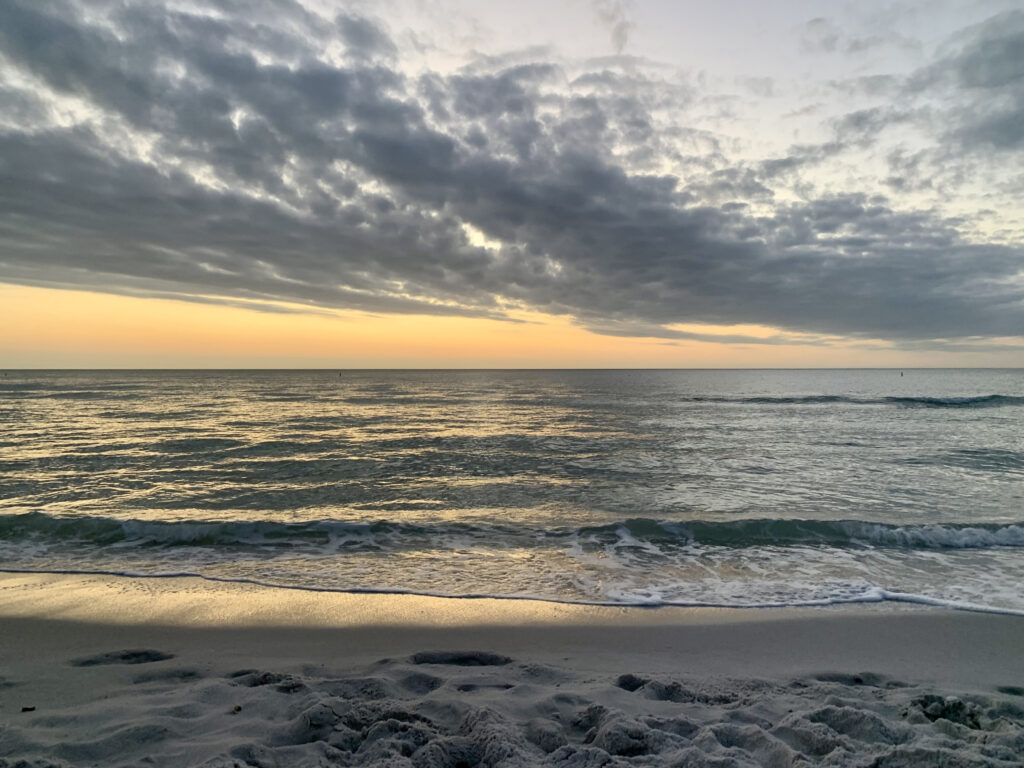
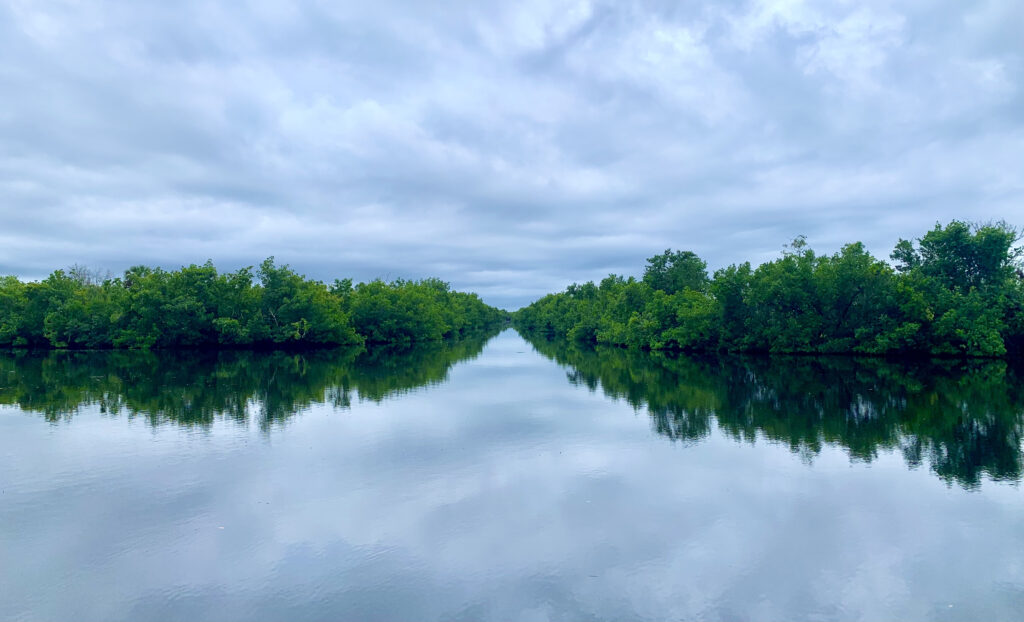


Summary
Our Florida adventure was an incredible tale of girls, gastropods, and gators. So, whether you’re a nature enthusiast, wildlife lover, or simply seeking an unforgettable escape, the Everglades promises an adventure like no other.
We highly recommend adding Florida’s wild heart to your list of must-visit places. Immerse yourself in the beauty of the wetlands – an experience that will stay with you long after you’ve left this wilderness haven!
